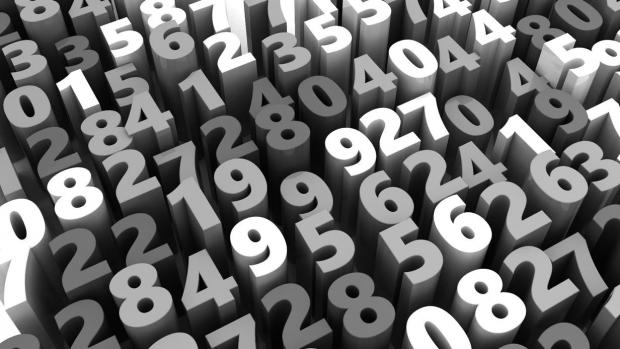
Breaking News
 Tuesday War Room LIVE: Trump Set to Shatter Deportation Record by End of First Year…
Tuesday War Room LIVE: Trump Set to Shatter Deportation Record by End of First Year…
 Parallel Polis Reborn: Freeing the Market through Decentralized Technologies
Parallel Polis Reborn: Freeing the Market through Decentralized Technologies
 Amazon goes nuclear with new modular reactor plant
Amazon goes nuclear with new modular reactor plant
 The alarming reality EXPOSED by the global internet meltdown... and why Amazon's crash...
The alarming reality EXPOSED by the global internet meltdown... and why Amazon's crash...
Top Tech News
 3D Printed Aluminum Alloy Sets Strength Record on Path to Lighter Aircraft Systems
3D Printed Aluminum Alloy Sets Strength Record on Path to Lighter Aircraft Systems
 Big Brother just got an upgrade.
Big Brother just got an upgrade.
SEMI-NEWS/SEMI-SATIRE: October 12, 2025 Edition
 Stem Cell Breakthrough for People with Parkinson's
Stem Cell Breakthrough for People with Parkinson's
 Linux Will Work For You. Time to Dump Windows 10. And Don't Bother with Windows 11
Linux Will Work For You. Time to Dump Windows 10. And Don't Bother with Windows 11
 XAI Using $18 Billion to Get 300,000 More Nvidia B200 Chips
XAI Using $18 Billion to Get 300,000 More Nvidia B200 Chips
 Immortal Monkeys? Not Quite, But Scientists Just Reversed Aging With 'Super' Stem Cells
Immortal Monkeys? Not Quite, But Scientists Just Reversed Aging With 'Super' Stem Cells
 ICE To Buy Tool That Tracks Locations Of Hundreds Of Millions Of Phones Every Day
ICE To Buy Tool That Tracks Locations Of Hundreds Of Millions Of Phones Every Day
 Yixiang 16kWh Battery For $1,920!? New Design!
Yixiang 16kWh Battery For $1,920!? New Design!
 Find a COMPATIBLE Linux Computer for $200+: Roadmap to Linux. Part 1
Find a COMPATIBLE Linux Computer for $200+: Roadmap to Linux. Part 1
The largest prime number ever discovered is 23 million digits long

It's been dubbed M77232917 – and if you're wondering why it needs a codename, well, we'd be here all day typing out the 23 million digits that make it up.
If it's been a while since high school math class, here's a quick refresher: Prime numbers are those that are only divisible by 1 and themselves. Small primes are fairly easy to identify through trial and error – 6 can be divided by 2 and 3, so it isn't prime, but 7 is – but as you look at larger and larger numbers it gets less obvious. It might take you a while to figure out, for example, that 11,319,033 isn't prime because it can be divided by 213 and 53,141. Finding the really large primes is a task best left up to computers running software like GIMPS.
As the MP in its acronym suggests, GIMPS is specifically searching for a rare class of prime numbers called Mersenne Primes. These are numbers that are one less than a power of 2, expressed as Mn = 2n - 1. That means that the newcomer M77232917 is calculated through a chain of 77,232,917 twos, and then subtracting 1. It's only the 50th known Mersenne Prime ever identified, and it's made up of 23,249,425 digits.



